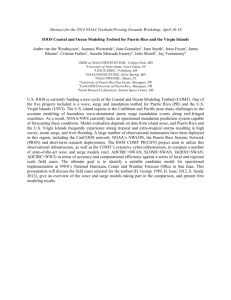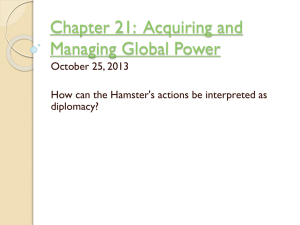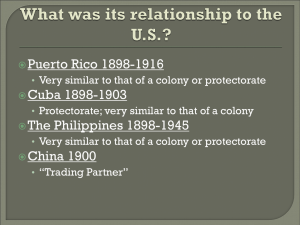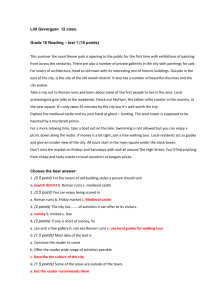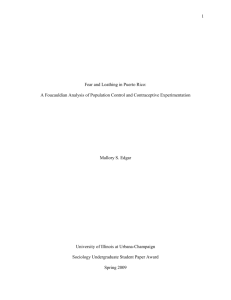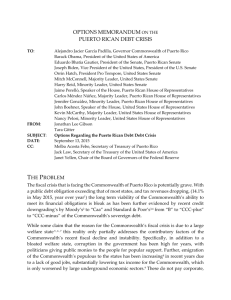Rodriguez-Silva, Ileana. (2012). Silencing Race
advertisement
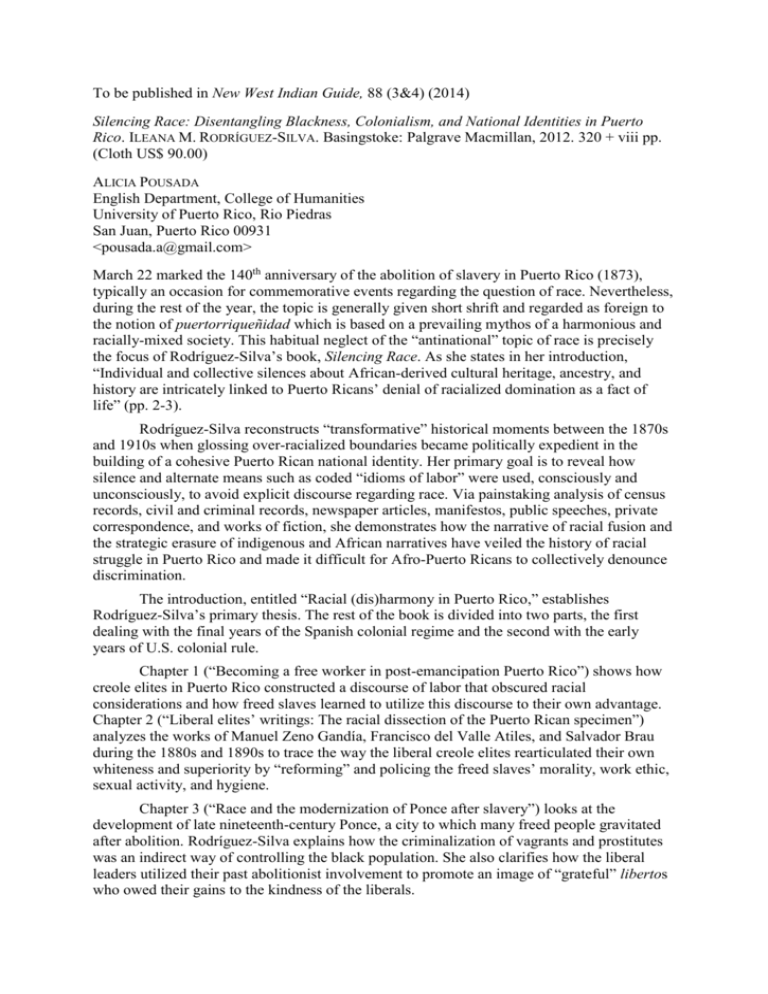
To be published in New West Indian Guide, 88 (3&4) (2014) Silencing Race: Disentangling Blackness, Colonialism, and National Identities in Puerto Rico. ILEANA M. RODRÍGUEZ-SILVA. Basingstoke: Palgrave Macmillan, 2012. 320 + viii pp. (Cloth US$ 90.00) ALICIA POUSADA English Department, College of Humanities University of Puerto Rico, Rio Piedras San Juan, Puerto Rico 00931 <pousada.a@gmail.com> March 22 marked the 140th anniversary of the abolition of slavery in Puerto Rico (1873), typically an occasion for commemorative events regarding the question of race. Nevertheless, during the rest of the year, the topic is generally given short shrift and regarded as foreign to the notion of puertorriqueñidad which is based on a prevailing mythos of a harmonious and racially-mixed society. This habitual neglect of the “antinational” topic of race is precisely the focus of Rodríguez-Silva’s book, Silencing Race. As she states in her introduction, “Individual and collective silences about African-derived cultural heritage, ancestry, and history are intricately linked to Puerto Ricans’ denial of racialized domination as a fact of life” (pp. 2-3). Rodríguez-Silva reconstructs “transformative” historical moments between the 1870s and 1910s when glossing over-racialized boundaries became politically expedient in the building of a cohesive Puerto Rican national identity. Her primary goal is to reveal how silence and alternate means such as coded “idioms of labor” were used, consciously and unconsciously, to avoid explicit discourse regarding race. Via painstaking analysis of census records, civil and criminal records, newspaper articles, manifestos, public speeches, private correspondence, and works of fiction, she demonstrates how the narrative of racial fusion and the strategic erasure of indigenous and African narratives have veiled the history of racial struggle in Puerto Rico and made it difficult for Afro-Puerto Ricans to collectively denounce discrimination. The introduction, entitled “Racial (dis)harmony in Puerto Rico,” establishes Rodríguez-Silva’s primary thesis. The rest of the book is divided into two parts, the first dealing with the final years of the Spanish colonial regime and the second with the early years of U.S. colonial rule. Chapter 1 (“Becoming a free worker in post-emancipation Puerto Rico”) shows how creole elites in Puerto Rico constructed a discourse of labor that obscured racial considerations and how freed slaves learned to utilize this discourse to their own advantage. Chapter 2 (“Liberal elites’ writings: The racial dissection of the Puerto Rican specimen”) analyzes the works of Manuel Zeno Gandía, Francisco del Valle Atiles, and Salvador Brau during the 1880s and 1890s to trace the way the liberal creole elites rearticulated their own whiteness and superiority by “reforming” and policing the freed slaves’ morality, work ethic, sexual activity, and hygiene. Chapter 3 (“Race and the modernization of Ponce after slavery”) looks at the development of late nineteenth-century Ponce, a city to which many freed people gravitated after abolition. Rodríguez-Silva explains how the criminalization of vagrants and prostitutes was an indirect way of controlling the black population. She also clarifies how the liberal leaders utilized their past abolitionist involvement to promote an image of “grateful” libertos who owed their gains to the kindness of the liberals. 2 Chapter 4 (“U.S. rule and the volatile topic of race in the public political sphere”) probes the effects of the U.S. invasion and the attempts made to introduce a North American racial framework into public discourse on the island. Chapter 5 (“Racial silencing and the organizing of Puerto Rican labor”) explores struggles within the ranks of organized labor in the early twentieth century and the “muting” of race talk in order to develop class consciousness and solidarity among the peasantry and urban working class and mend internal divisions among the existing unions. Silva-Rodríguez does not pull her punches when she states that “the working class organizations’ practice of silence did not contest the creole elites’ strategies for whitening the population and did not challenge the racial hierarchies that continue marginalizing large sectors of the population” (p.185). Chapter 6 (“Deflecting Puerto Rican blackness”) considers the cultural constructions of the “raza iberoamericana” and the white-skinned, highland jíbaro, both of which linked the island’s culture to Spain and Latin America, rather than to the other (blacker) Caribbean islands. It also examines the vociferous 1912 debate over U.S. citizenship against the backdrop of the black rebellion in the Cuban Republic, which was taken as a cautionary tale for what could happen if Puerto Rico sought independence. Finally, it examines the racial underpinnings of the public health campaigns with their eugenic orientation. In the concluding chapter (“The heavy weight of silence”), Silva-Rodriguez holds up Luis Palés Matos’s controversial “black verses” as a key interruption of the silence about race, but also shows how this poetry was later co-opted by the Commonwealth school system to serve as one of the few mentions of African culture in the curriculum. Silencing Race is a thorough, albeit repetitive, treatment of the strategic suppression of racialized discourse in a multiracial society. Silva-Rodriguez contributes creative interpretations of well-known documentary data along with new archival discoveries and also demonstrates how gender struggles intersected with race politics. While she takes chronological liberties, hopping back and forth in time, her insights into the complex interweaving of political strategies, reformulated social identities, and occasional public accusations of racism in Puerto Rico make her work a valuable historical and sociological resource. The book is recommended reading for anyone interested in the historical development of race, class, gender, and identity in Puerto Rico and the Caribbean more generally or the effects of double colonial subjugation on a national psyche. It would also be of considerable interest to scholars or students working in the area of critical discourse analysis.



